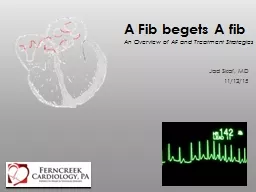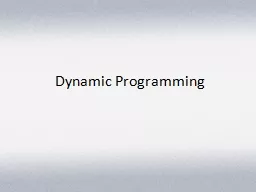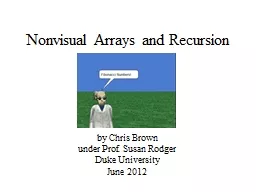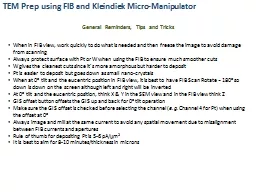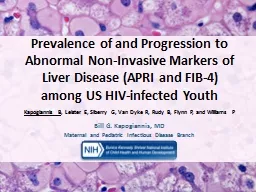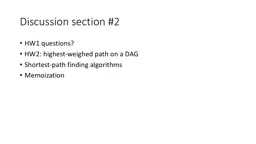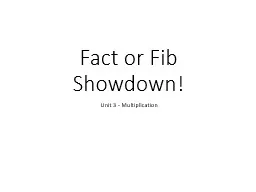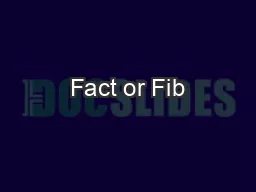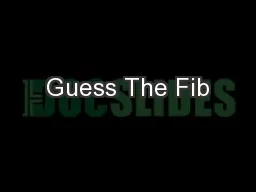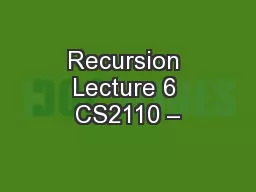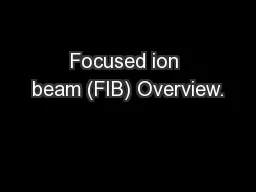PPT-A Fib begets A fib An Ov
Author : natalia-silvester | Published Date : 2018-10-29
erview of AF and Treatment Strategies Jad Skaf MD 111215 Southern Regional AHEC adheres to ACCME Essential Areas and Policies regarding industry support of continuing
Presentation Embed Code
Download Presentation
Download Presentation The PPT/PDF document "A Fib begets A fib An Ov" is the property of its rightful owner. Permission is granted to download and print the materials on this website for personal, non-commercial use only, and to display it on your personal computer provided you do not modify the materials and that you retain all copyright notices contained in the materials. By downloading content from our website, you accept the terms of this agreement.
A Fib begets A fib An Ov: Transcript
Download Rules Of Document
"A Fib begets A fib An Ov"The content belongs to its owner. You may download and print it for personal use, without modification, and keep all copyright notices. By downloading, you agree to these terms.
Related Documents

